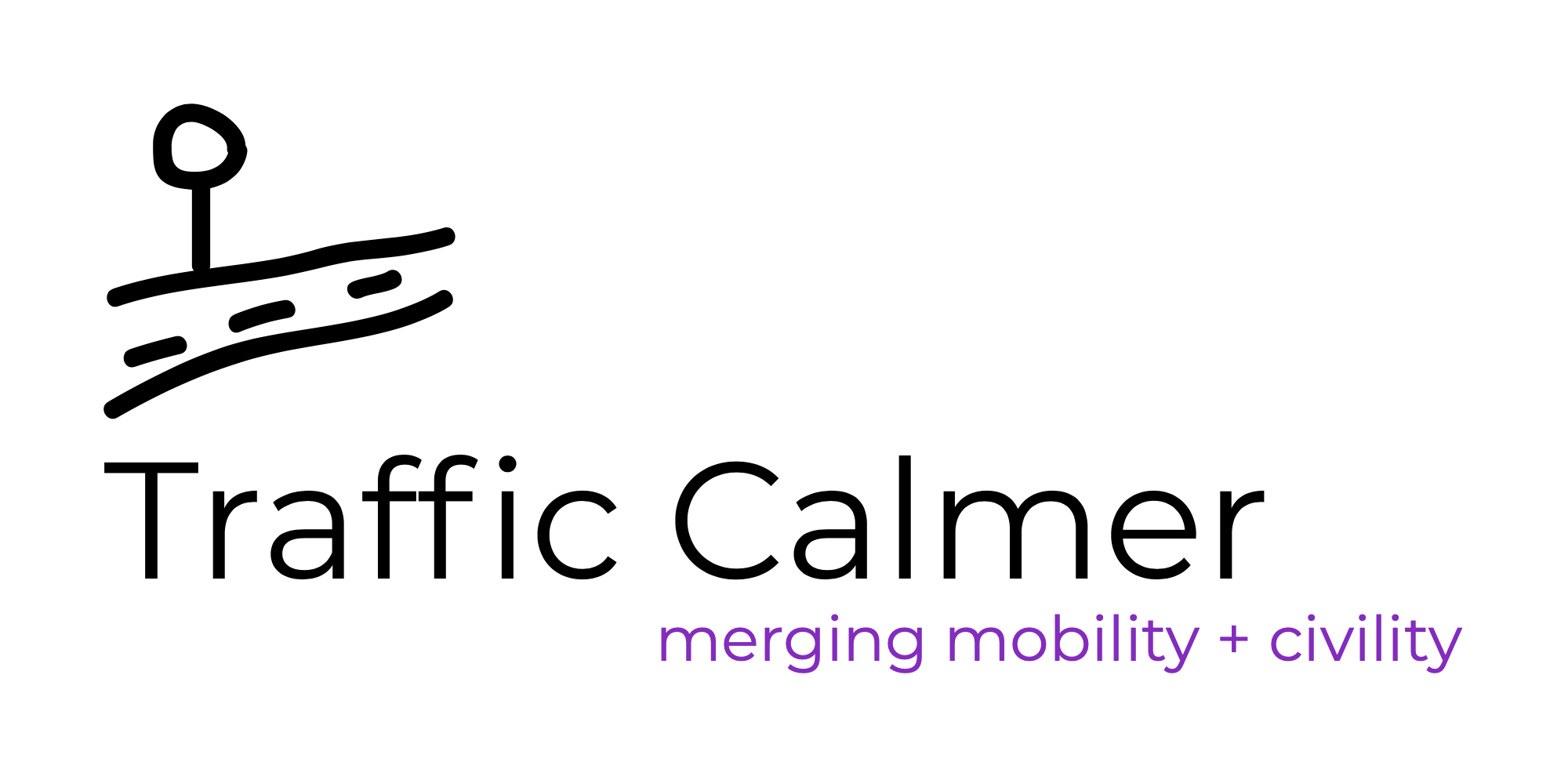VZ ≠ E3
Remarks for Closing Plenary of the Association of Pedestrian and Bicycle Professionals’ Conference in St Louis MO, October 2015.
Thank you to APBP, especially Kit Keller, for granting me seven minutes to speak about Vision Zero. My statement is: APBP cannot allow Vision Zero to be a repackaged three E’s (Engineering, Education and Enforcement). Please feel free to demur.
I want to relate two incidents that precipitated this statement. The first comes from next year’s Vision Zero Symposium in NYC. During the first program committee call, it was suggested to include a number of status quo road safety education campaigns, however, the idea was quickly batted down. Vision Zero is not the status quo.
The second incident comes from a recent bicycle safety survey prepared for a Midwestern city (similar to St Louis). It reports that “Many individuals believe that visible enforcement of the rules – for example, ticketing cyclists who run red lights and motorists who pass too closely – could improve the situation.”
In effect, if we could encourage people to behave and follow the rules, all would be right. And jail them if not.
Think about it: survey respondents wanted more people stopped for traffic violations. There is no mention if this correlates to increased safety, the respondents just wanted to see more people getting tickets.
Traffic tickets have been in the news in St Louis County recently. Let me read a passage from the United States Department of Justice’s Investigation of the Ferguson Police Department, dated March 4, 2015:
“Officers expect and demand compliance even when they lack legal authority. They are inclined to interpret the exercise of free-speech rights as unlawful disobedience, innocent movements as physical threats, indications of mental or physical illness as belligerence.…The result is a pattern of stops … in violation of the…First and…Fourth Amendment(s).”
The Tampa Bay Times reviewed bicycle tickets issued by the Tampa Police Department between 2003 and 2015 and found that 79% were given to African-Americans, who make up 26% of the population.
A man had his bike confiscated because he had no receipt. Another was stopped for pulling a lawnmower with his bike. A woman received a $51 ticket for walking her bike with no light.
And if you are just walking,
• 2010. Raquel Nelson was charged with manslaughter, jaywalking, and reckless conduct in Marietta GA after her 4-year old son was killed by a driver while they were crossing the highway at a bus stop where there were no crosswalks.
• 2014. Kang Wong (84) was arrested in Manhattan after being stopped for jaywalking, largely because he spoke little English.
• 2014. Arizona State professor Ersula Ore was arrested on campus for walking in the street because the sidewalk was obstructed.
• 2014. Michael Brown was initially stopped in Ferguson MO because he was, according to the police chief, “walking down the middle of the street blocking traffic”.
• 2015. Emilio Mayfield (16) was arrested in Stockton CA after he got off a bus and was walking in the bus lane next to the sidewalk.
Considering the above, I submit that the 3rd E (Enforcement), is not where we want it to be.
Overall, the three E’s approach has largely failed. Depending on the measure, the United States’ roads are 2, 3 or 4 times as dangerous as the safest countries. [per capita, per vehicles, per mileage]
So as we move from the three E’s to Vision Zero, what does this mean? Vision Zero can be seen through four lenses:
• Ethics: Human life takes priority over mobility.
• Responsibility: providers and regulators share responsibility with users.
• Safety: humans are fallible, so minimize the opportunity for error and the severity of damage.
• Mechanisms for change: providers, regulators, and users all must work together
But what are the specifics? What are communities with good safety records doing (whether they termed them Vision Zero or not)?
Last year, we reviewed Vision Zero like traffic safety initiatives in 11 of the safest cities around the globe: Barcelona, Berlin, Chicago, Dublin, Lisbon, London, Madrid, Melbourne, New York, Paris, and Stockholm. Correlation is not causation, but this list gives a pretty good idea of what the safest cities are doing.
All 11 cities:
• Traffic calming
9-10 cities:
• Slow zones, red light cameras, speed cameras
• In-vehicle speed detection; alcohol, collision avoidance & event recorders
• Bicycle infrastructure, bicycle priority traffic signals
• Outreach through schools
7-8 cities:
• Fixed or variable message warning signage
• Pedestrian priority traffic signals
• Traffic safety marketing campaigns
Grouping these initiatives by type we find:
• 4 of 11 deal with speed
• 4 of 11 specifically address vulnerable road users
• 3 of 11 involve automatic enforcement
• 2 of 11 focus on driver inattention, and
• 2 of 11 concern marketing & outreach
The takeaway: cities with good and getting better safety records focus on speeds, vulnerable road users, and driver inattention; normalize enforcement; and outreach via known channels like schools. For example, a (very safe) Germany city where I once lived hosted speed camera events with 4th graders. When someone sped past the school, the police officer would pull them over and make them explain to the 4th grade class why they were driving so fast.
To reiterate my statement: APBP cannot allow Vision Zero to be a repackaged three E’s. We are leaders in this field, we are culpable, and we must take responsibility. We all have striped bike lanes that disappear at intersections, located bus stops where there are no safe crossings, worked on “blame the victim” campaign, assumed people on foot or bike had no other option, and have stood by as enforcement just creates more victims. With Vision Zero, I see a tremendous opportunity to replace a failed system with one that works.
Thank you.
